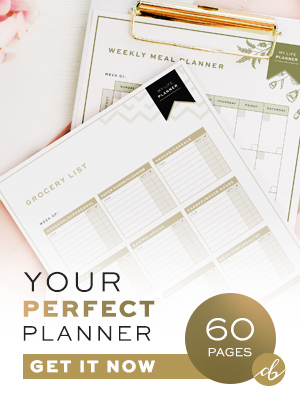A weather station is a fun and exciting experiment for kids and it also teaches them how to care for a living thing as well. It helps kids grasp the knowledge of what happens within a given day, anywhere, with weather and why it does what it does.
Jeff has been recording the weather in our own yard, for the NOAA out of Portland, for about 6 years now, so we are no stranger to weather stations. and Skylar loves any type of knowledge or education about weather. Unfortunately, living here in Oregon we don't get a lot of fun weather activity like we did when we were in Arkansas, but it is still an exciting time when something does tend to happen.
We recently took a trip to OMSI (Oregon Marine and Science Institute) here in Portland, Oregon. We viewed how tornadoes were made by the weather, how rain is created inside a cloud, and also why hail is created by hot and cold fronts. We also toured the USS Blueback while we were there too.
While learning about the weather and what can happen everyday, and how unpredictable it can be, we decided to purchase a weather station. With the weather station on top of the bottle recording the weather, there is also a living plant inside the bottle depending on the moisture, oxygen, and nutrients inside the bottle to survive.
The weather station we picked up at OMSI was the Green Science Weather Station. It helps you observe and record the weather with a kit that has a wind vane, anemometer, a thermometer and rain gauge and the station is made to fit on top of a regular soda bottle or the like. You can add water into the bottle at the bottom or even a small "terrarium-type" plant to add even more education. We added a Star Plant because they work best (in my opinion) for a terrarium. There are others you can use as well and Martha Stewart has several great videos to help you pick just the right one.
Here are the steps we took in setting up our weather station terrarium:
For the bottle, you want to have one that has a normal-sized bottle top with treading. Any soda bottle will work really, as long as it has the treading. We first removed the label from our soda bottle and washed it out really well. Then came the soil selection and pebble rocks. In the images above we strained all the larger items from the soil before we added it to the bottle.
We added pebbles then the soil and then cut a small hole in the back of our bottle to add the star plant. We wanted to the hole in the back of the bottle in case we ever had to get back inside and also to allow a little bit of oxygen to seep through to the plant.
Once everything was set up, we attached out weather station to the top and placed the bottle outside to collect the weather data we needed.
Pinterest has some other great ideas for terrariums too.
Just know that succulents, cactus, and any other type of plant requiring little water will not do well in a terrarium.
The Green Science Weather Station comes with a chart to help your child record the weather changes each day too. Be sure and have them record the weather at the same time everyday to make sure their record is accurate.
We had a lot of fun with this weather station terrarium and I hope you do too!
Here's a view from OMSI of downtown Portland, Oregon. The night we went to OMSI the sky was clear and it was a great view of the city.
Eco-Tip: While the summer months are here and giving off a great display of heat and sunshine, why not use that to your advantage when it comes to drying your clothes. Using the clothes line during these season can save you about $10-$20 a month by using a clothesline. For more tips visit, The Earth and Me Go Green.







.jpg)
.jpg)
.jpg)


.jpg)
.jpg)












































